Digital Camera Types Explained – Medium format, Rangefinders, and more
In this final part on the different types of digital camera that are available, I'll cover Medium format, Rangefinders, and Scanning backs. These tend to be quite niche products, as well as being expensive, so I'll only cover them quite briefly. And although they're not digital, I also wanted to add a note on film cameras, which is at the bottom of this article.
Medium format digital cameras
Medium format digital cameras are similar to DSLRs, except they use much larger sized sensors (and lenses). Thanks to the large sensors, medium format cameras are capable of very high resolution images, with a large dynamic range as well.
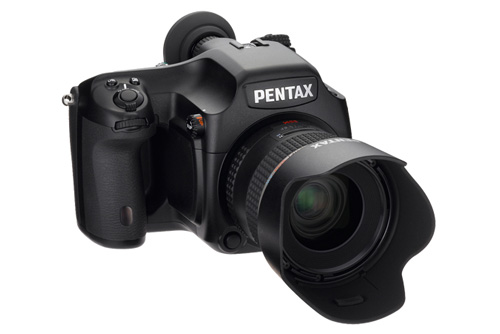
Pentax 645D Medium Format Digital Camera
Some medium format cameras come as an integrated camera body and sensor, while others are sold with the body and the sensor unit (back) sold separately. The benefit of having the digital back separate to the body is that you can upgrade the back without having to change your camera body (and vice versa), which can be cheaper than an integrated all-in-one solution.

말리 & 다혜 by Kroiz on flickr (licensed CC-BY-ND)
It also allows you to use a film back on the camera body if you wish instead of the digital back. Medium format digital backs can also be used on technical cameras instead of film. Prices for digital medium format gear start around $10,000, going up to about $60,000 (or much more if you buy a full system with lenses).
Medium format systems tend to be used mainly by high-end portrait / fashion photographers, still-life, and landscape photographers, due to the large amount of detail these cameras record.
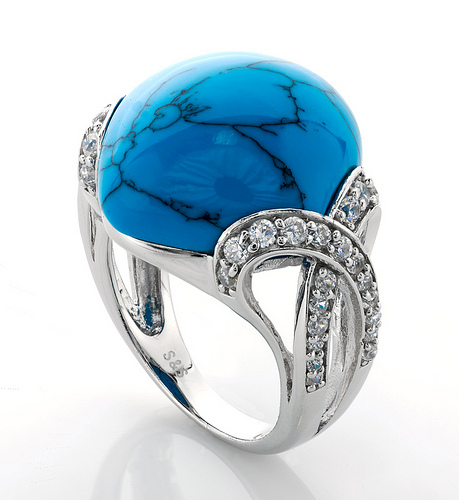
jewelry by Gnilenkov Aleksey on flickr
The shooting rate for medium format cameras is quite slow, especially compared to DSLRs, e.g. 1 - 2 frames per second is common. This, combined with the weight and cost when coupled with a long lens, means that medium format cameras are rarely used for sports photography.

mushrooms by Gnilenkov Aleksey on flickr (licensed CC-BY)
- Top image quality
- Good depth of field control
- Very expensive
- Heavy and bulky compared to other types of cameras
- Requires strict technique to get the best out of the system
Rangefinders
Rangefinders have interchangeable lenses, but operate in a different way to most other cameras. The viewfinder does not show the view directly through the lens as a DSLR does, but shows a static view of the scene through the separate viewfinder lens. This is overlayed with another view of the scene, and as you (manually) focus the lens, the overlay moves, once you have it directly overlaying the static image, then the lens is in focus. This is a very accurate method of focus.

Since the viewfinder does not show the image through the lens, it does not reflect the change in field of view when you change lens. Rather, frame guides are shown in the viewfinder to approximate the field of view for different focal length lenses.
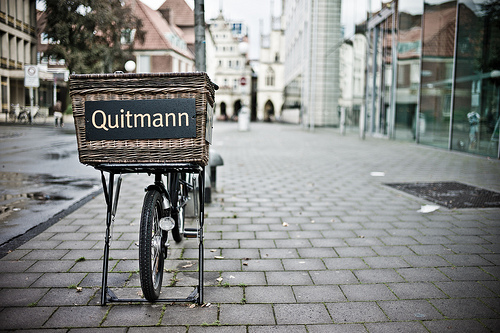
Quitmann Lastenfahrrad by wolfB1958 on flickr (licensed CC-BY-ND)
One of the benefits of the rangefinder system is that since the viewfinder is not showing through the lens, you can see what is happening just outside the frame. This can give you more reaction time and help you plan your shots. Rangefinder cameras are primarily used for street and documentary photography.
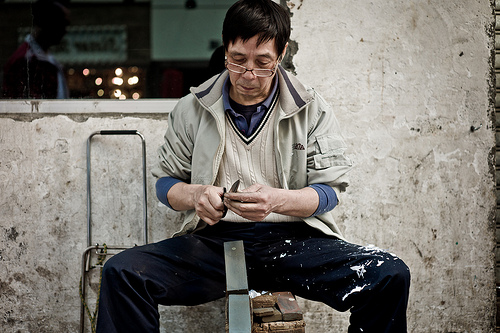
How to Sharpen Old Tailor Scissors by Ding Yuin Shan on flickr (licensed CC-BY)
For a more detailed explanation of how Rangefinder cameras work, please read this article: SLR vs Rangefinder.
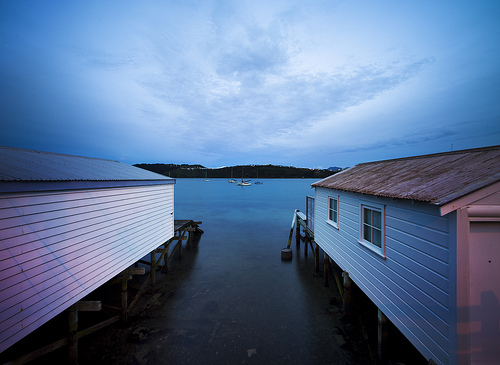
Leica M9 Voigtlander Ultra wide Heliar 12mm f5.6 by andrewXu on flickr (licensed CC-BY-SA)
- Very accurate manual focus
- Small size and lightweight compared to DSLRs
- Good image quality
- Ability to see outside the frame helpful in some situations
- Expensive
- Top quality lenses also very expensive
- Lack of through the lens viewing makes use of filters difficult.
- No telephoto lenses
- No macro ability
Scanning backs
Scanning backs are designed to work with large format cameras, taking the place of large sheet film that would normally be used with these cameras. They operate essentially the same as a scanner, recording one row of pixels at a time as the scanning head moves across the back.
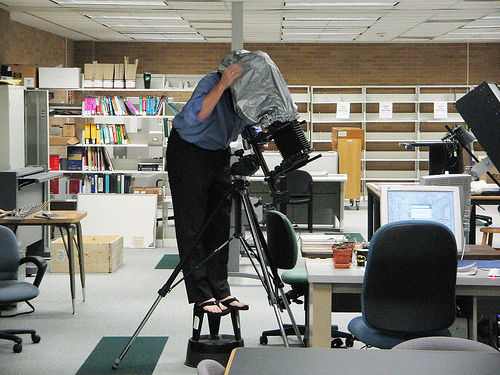
Testing the BetterLight by Afroswede on flickr (licensed CC-BY)
Like a scanner, this means that the scanning process can take quite a long time. So scanning backs are not so useful for situations where there will be movement in the image. Typically they are used for still life and some landscape photography.
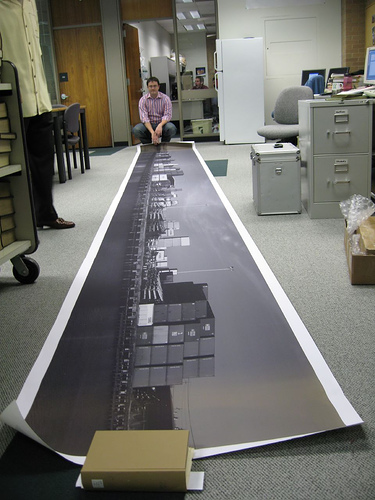
printed betterlight image by Aka Hige on flickr (licensed CC-BY-SA)
However, the movement of the scanner can be combined with subject movement for very creative results. Some of these creative results can be replicated on a standard digital camera, something I will cover in a future article.
Large format cameras are, as the name implies, large, and heavy. Scanning backs output a massive amount of data (resulting in extremely high resolution images - 50MP+), and so are required to be tethered to a computer or laptop for operation. This limits their use in the field somewhat.
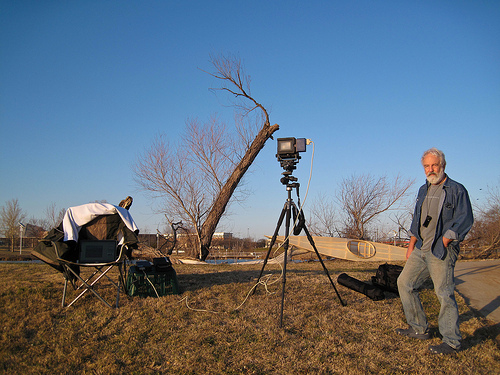
Outdoor Better Light Setup by Rich Anderson on flickr (licensed CC-BY-SA)
- Very high resolution images
- Can be used to create special effects when combined with a moving subject
- Expensive
- Need to be tethered to a computer
- Large and heavy
- Not good for photos with any subject motion
Film cameras
Okay, I know this website is called Discover Digital Photography, and this series of articles is Digital Camera Types Explained, but I just wanted to make a quick mention of film cameras. In the move to digital photography over the past decade, many people no longer want to shoot film any more, and this has resulted in good quality film cameras and lenses being sold off quite cheaply.
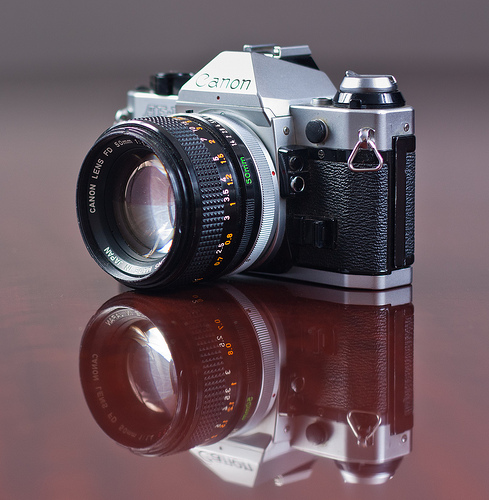
Clonando una Canon AE-1 by anieto2k on flickr (licensed CC-BY-SA)
If you would like to play with shallow depth of field, for the cost of even the cheapest full frame digital camera (the original Canon 5D), you could have a full frame film camera, plus a selection of fast lenses, and enough money left over for plenty of film and processing costs. For example, as I write this, there is currently a Canon AE-1 Program 35mm film camera with 50mm/1.8 and 24mm/2.8 lenses listed on ebay for $39.
Don't forget as well, that when having film processed, you don't have to order prints. You could get the lab to scan the negatives for you, or instead scan them yourself, and store the images on your computer, just the same as you do with a digital camera.
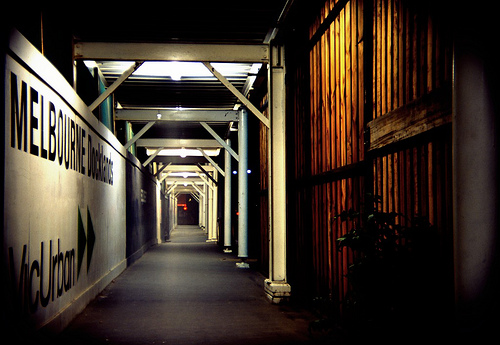
passagen #2 by mugley on flickr (licensed CC-BY-SA)
The main disadvantage of film cameras is that you can't check the photo you just took to make sure you 'got the shot'. Another disadvantage is that high ISO film is more grainy / records less detail than the equivalent ISO setting on most modern digital cameras. And to change the ISO on a film camera requires changing the film, not very convenient.
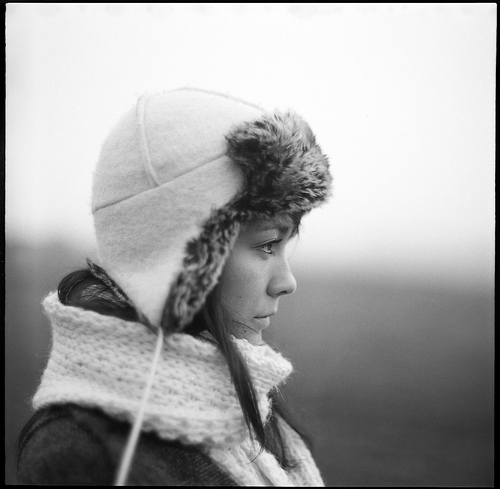
Winter Stare... by vonSchnauzer on flickr (licensed CC-BY)
- Cheap equipment costs compared to digital
- Allows using a shallow depth of field
- No image review or preview
- Film purchasing and processing costs
- High ISO not great quality and changing ISO 'setting' inconvenient
- No autofocus on majority of cameras and lenses




